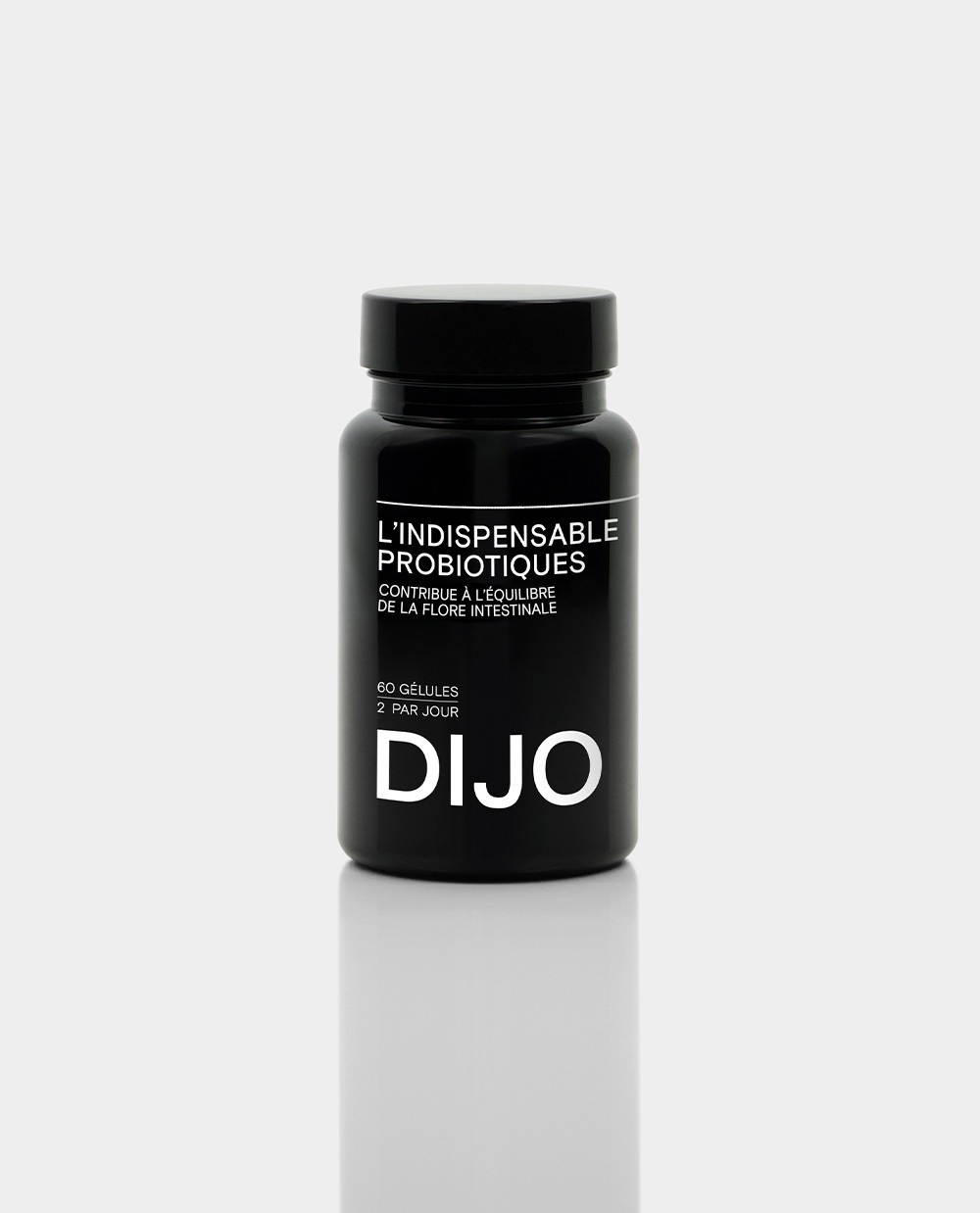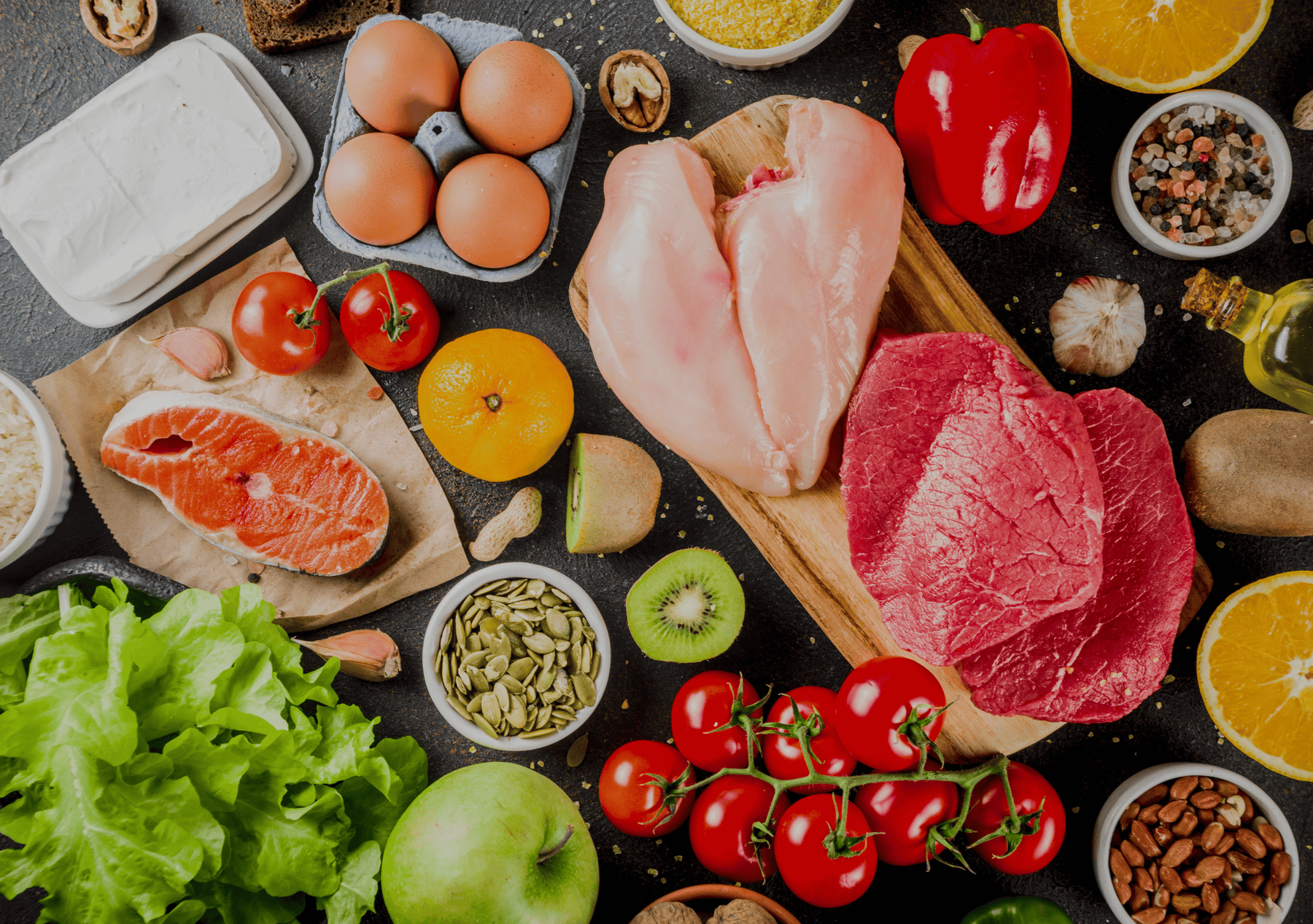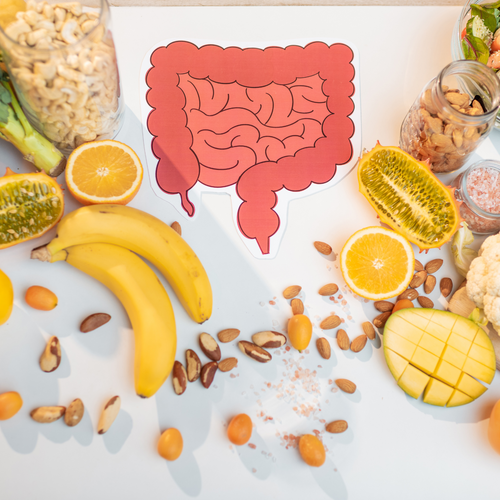What to remember :
- FODMAPs are indigestible sugars that can cause gas and digestive upset.
- In the case of digestive disorders or pathologies such as IBS, it may be interesting to try this diet to improve symptoms.
- Gradually introducing each of these FODMAPs allows for good adaptation of the digestive system
- Food supplements support intestinal functions in the event of regular problems.
What are FODMAPs?
FODMAPs are specific sugars (short-chain carbohydrates) that our gut can't fully digest. In most people, these sugars cause fermentation and sometimes some gas due to the bacteria. But for people with irritable bowel syndrome (IBS) (also called irritable bowel syndrome or functional colopathy), these sugars cause significant pain, bloating, and gas.
Why are FODMAPs not digested in the intestine?
The non-digestion of FODMAPs can come from a lack of certain enzymes to digest them (example lactose), or from an impoverishment of the intestinal microbiota in certain bacteria, we then speak of dysbiosis *. Thus it has been shown that a diet low in FODMAPs is effective in 70% of people with IBS!
*Dysbiosis is an imbalance in the intestinal flora with under- or over-represented bacterial species. Dysbiosis is present in 2/3 of people with IBS. Taking probiotics can therefore reduce IBS symptoms .
The FODMAP list
FODMAP is the acronym for these famous sugars found mainly in fruits, vegetables, legumes, and dairy products. Foods that are good for our health! The goal is therefore not to eliminate all FODMAPs, as this would harm the richness and diversity of our intestinal microbiota. It is therefore essential to identify the foods that cause a reaction and to know whether we want to eliminate them or simply reduce their quantities!
F for Fermentable (in French = fermentable)
As explained at the beginning of the article, these sugars cause intestinal fermentation by colon bacteria.
O for Oligosaccharides
Present in legumes (lentils, chickpeas, etc.), many vegetables (leek, eggplant, asparagus, beetroot, artichoke, cabbage, broccoli, garlic, onion, shallot, etc.) as well as in products made from wheat, barley, and rye.
D for Disaccharides
Present in milk (goat, cow, sheep), yogurts, cream, fresh cheeses (fromage blanc, ricotta, faisselle, etc.), and all industrial products containing milk (ice creams, dessert creams, etc.)
M for Monosaccharides
Present in fresh fruits (cherries, apricots, melon, pears, etc.), dried fruits and in honey.
P for Polyols
They are found in chewing gum, candies, and chocolates sweetened with sorbitol, xylitol, mannitol, etc., but also in certain fruits and vegetables (plums, mushrooms, cauliflower, celery, avocado, etc.)
The stages of the low-FODMAP diet
Not everyone is sensitive to the same FODMAP families! Each person is different and will therefore not follow the same diet. Furthermore, the right low-FODMAP diet may be effective for a period of time and no longer be so later.
Step 1: Eliminate foods high in FODMAPs
For the first month, eliminate high-FODMAP foods completely until symptoms improve. If symptoms disappear, this means that these foods are not well tolerated.
Step 2: Gradually reintroduce each of the FODMAPs
During this phase, each type of food is reintroduced one after the other to target the sugar family(ies) that cause the most problems or pain. The goal is to identify the sugars that can be tolerated. Everyone reacts differently!
Step 3: Balance your diet with FODMAPs
Each person has a diet adapted to the FODMAP sugars tolerated by their body and the quantities tolerated. Once the first two steps have been completed, you can rebalance your diet by gradually adding problematic foods to determine the tolerated quantities that do not cause digestive discomfort.
This is a long and difficult process to implement alone. We strongly recommend that you seek support from a healthcare professional (doctor, gastroenterologist, dietitian).
List of foods suitable for the low FODMAP diet

Sources :
[1] Bellini, M., Tonarelli, S., Nagy, AG, Pancetti, A., Costa, F., Ricchiuti, A., de Bortoli, N., Mosca, M., Marchi, S., & Rossi, A. (2020). Low FODMAP Diet: Evidence, Doubts, and Hopes. Nutrients , 12 (1), 148. https://doi.org/10.3390/nu12010148
[2] SNFCP, (2021), Low FODMAP diet https://www.snfcp.org/informations-maladies/generalites/regimes-pauvre-en-fodmaps/
[3] Steer, T., Carpenter, H., Tuohy, K., & Gibson, GR (2000). Perspectives on the role of the human gut microbiota and its modulation by pro- and prebiotics. Nutrition research reviews, 13(2), 229–254. https://doi.org/10.1079/095442200108729089





















